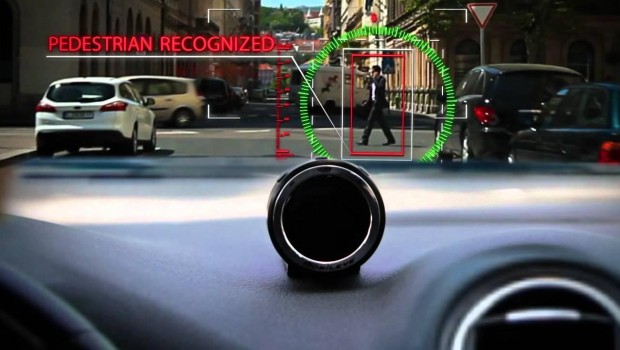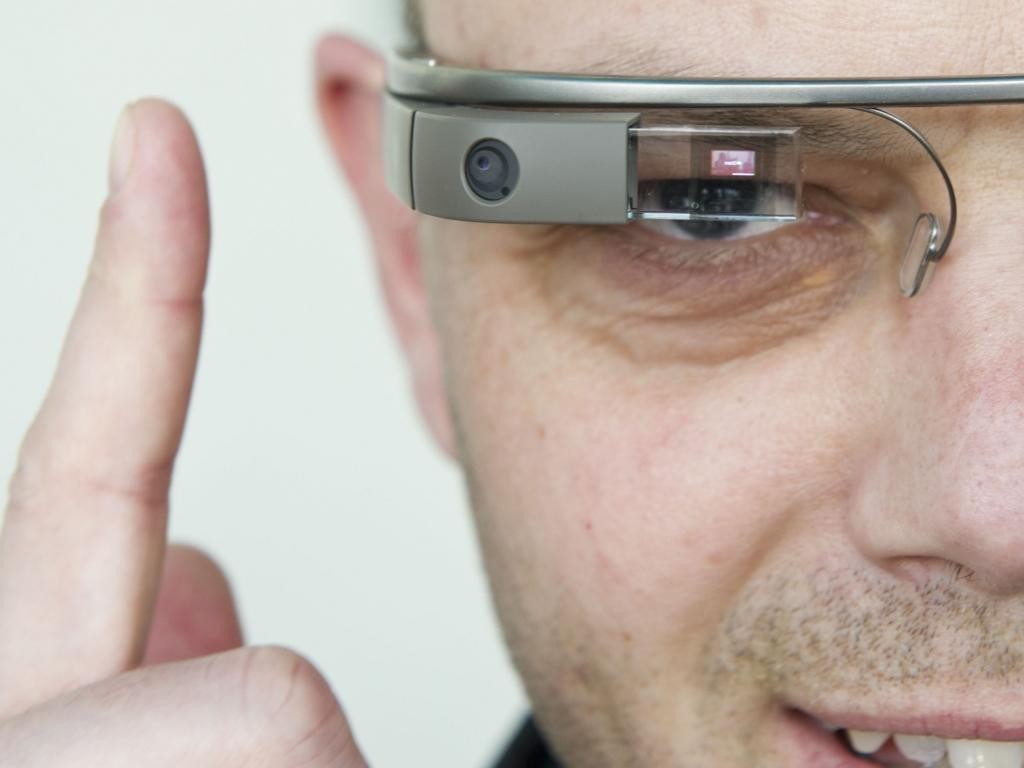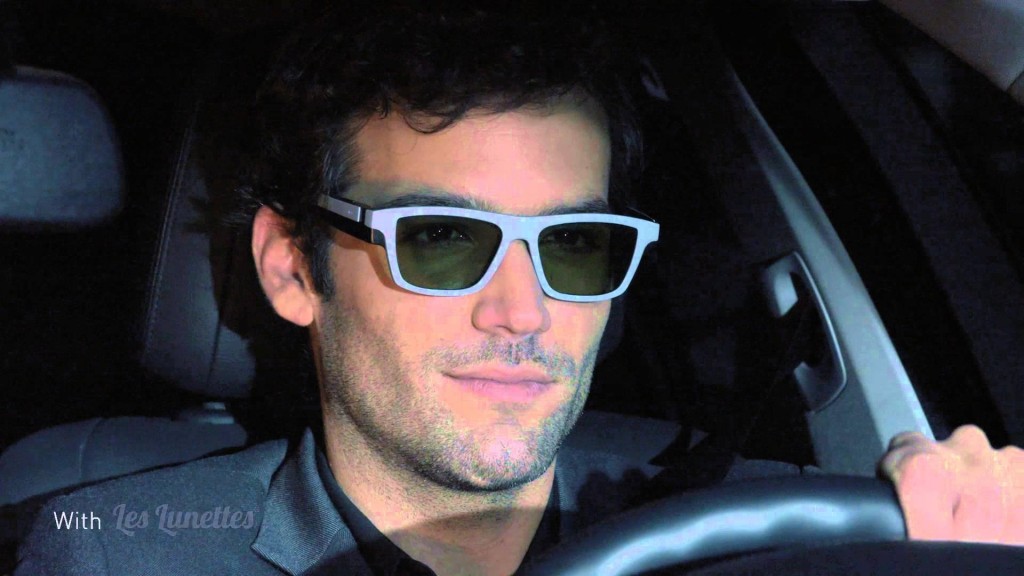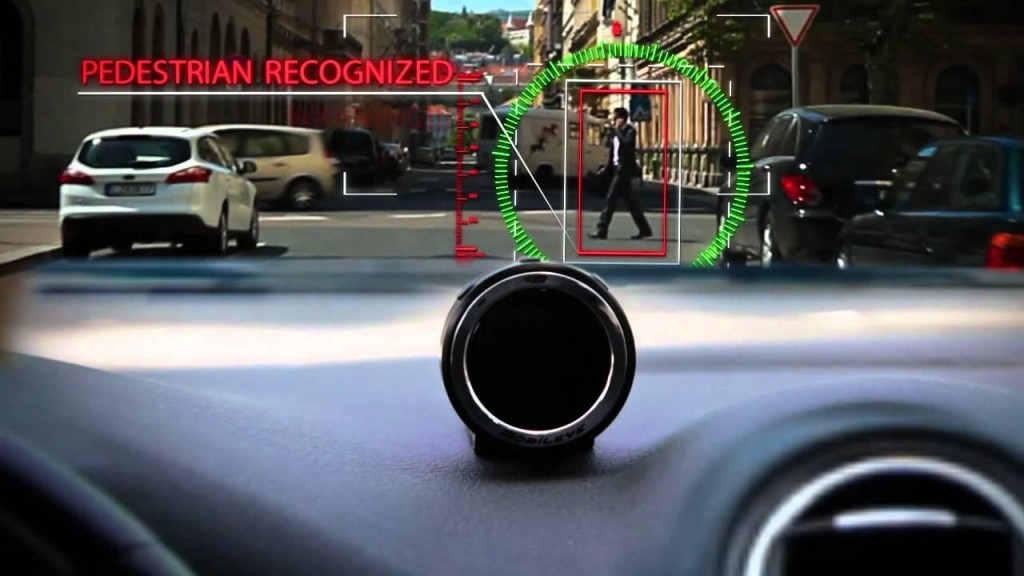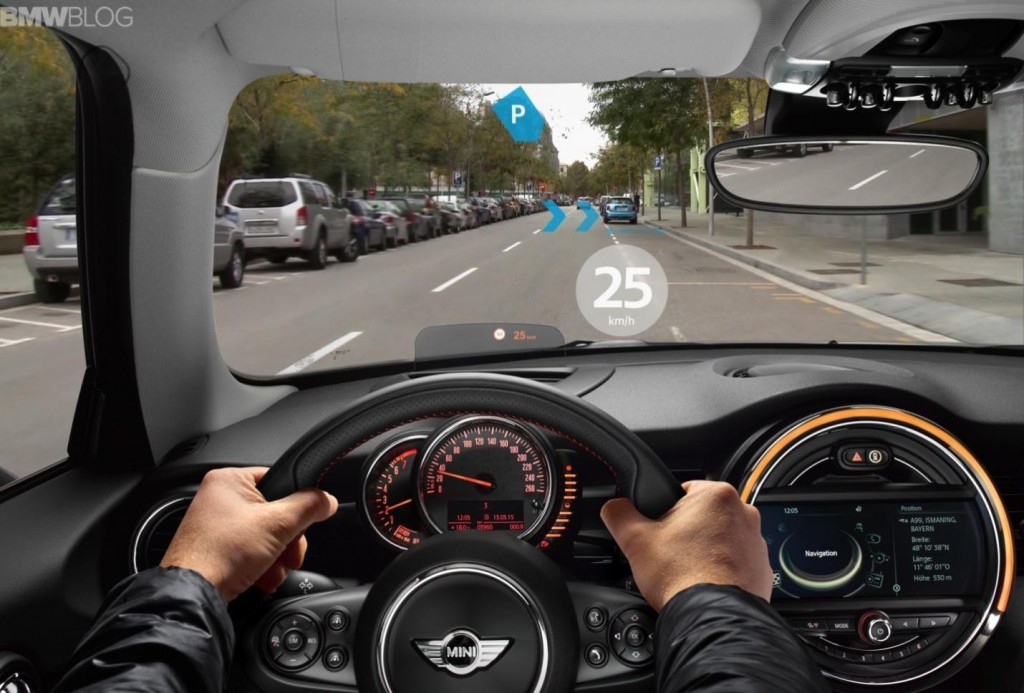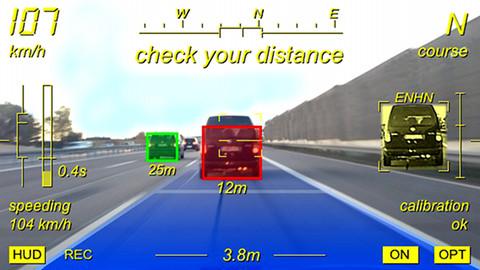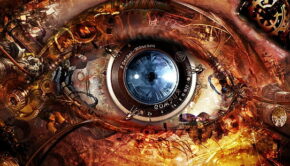High-tech glasses: A new addon to future autonomous car-related technologies
Autonomous cars may still be a thing of the future, with plenty of room for improvement ahead, but that doesn’t mean they’re not making advancements and that they’re not pushing the limits of technology.One of those technology branches that are undergoing some interesting upgrades along the way is a technology that allows drivers to see the road in a whole new way, the way autonomous cars see it. Meet the high-tech glasses – a new add on to future autonomous car related technologies.
Valeo’s Active Shutter Glasses
Let’s start small, with an example of high-tech glasses that doesn’t really do anything very revolutionary, but they do solve one of the biggest annoyances of driving – dealing with the lights of incoming traffic. Valeo, a renowned French automotive supplier came up with an interesting solution to put an end to blinding lights: they made use of the active shuttertechnology that empowers 3D glasses to filter out the upsetting light coming from oncoming traffic, yet still allow the drive to see the light provide by his own headlights.
The way this is done is quite clever – the Valeo Active Shutter Glasses feature LCD displays built in their lenses that are transparent by default, but can quickly turn opaque if needed. What’s clever about them, though, is the fact that they synchronize with the user’s car headlights via pulse-width modulation, a setting that allows them to change from opaque to clear that on par with the frequency of the driven car’s LED light system, thus allowing the light from the drive car to be visible, while partially blocking the rest.
Mobileye
Mobileye is an Israeli technology company that provides a very effective collision-detecting and avoidance system, with their technology already being used by some big brands such BMW, Volvo, Ford, Nissan, Tesla and others. While their main technology currently features a system consisting of a camera module that can detect potential hazards and alert the user via a display module, it is just a matter of time until a tech company will make use of the system and integrate it into some high-tech glasses that use augmented reality or some similar technology, thus allowing the drive to see the road and surroundings in a whole new way.
Mini’s Augmented Vision System
An interesting input in the field of high-tech glasses comes from Mini, which showcased an Augmented Vision System concept that might just be the starting point of something great. The system consists of a pair of high-tech glasses that are paired with a sophisticated system of sensors and cameras present in and out of the car, and offer the driver a lot of valuable information directly in front of his eyes.
With Mini’s concept glasses, the driver should be able to see various driving parameters such as speed, navigation instruction or available parking spots directly in front of his eyes, thus reducing the risk of losing focus.
Augmented Glasses – The Future
In a TED Talk from March 2015, the head of Google’s driverless car program, Chris Urmson, provided an in-depth view of how driverless cars “see” the world around them, explaining how data is collected and processed, and basically walking through the entire “thought” process of a driverless car. While his talk is focused mostly on self-driving cars, the technology present in Google’s self-driving cars, paired with a sophisticated pair of high-tech fully-augmented glasses, could be the key for the future of driving. Even though Google intends to use its setup for making cars independent of human drivers, pairing their current technology with high-tech glasses would greatly enhance the driving abilities of human drivers, and thus reduce the gap between the driving style of humans and the one of driverless cars.
This is of crucial importance because, at this time, the human element is what makes it the most difficult for driverless cars to integrate, as they simply lack the ability to fully understand human behavior and decisions. In an environment where only driverless cars are present, things should run a lot smoother thanks to the facile communication between them, but when the human element is present this becomes tricky. A bridge element that can reduce this gap, such as high-tech glasses, can very well be the first step towards mass adoption of autonomous vehicles.
Credits: By Edward Francis and Ppcgb.com!

